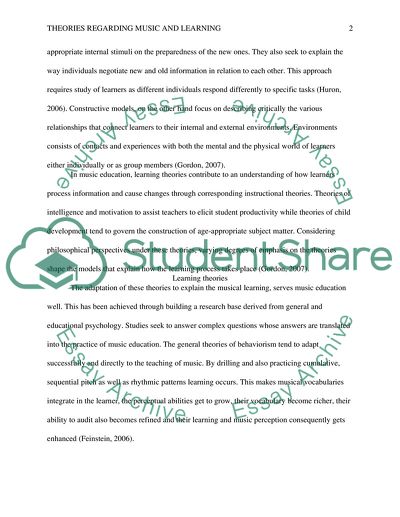Cite this document
(“Critical review of theories regrading the link between music and Literature”, n.d.)
Retrieved from https://studentshare.org/psychology/1695132-critical-review-of-theories-regrading-the-link-between-music-and-learning
Retrieved from https://studentshare.org/psychology/1695132-critical-review-of-theories-regrading-the-link-between-music-and-learning
(Critical Review of Theories Regrading the Link Between Music and Literature)
https://studentshare.org/psychology/1695132-critical-review-of-theories-regrading-the-link-between-music-and-learning.
https://studentshare.org/psychology/1695132-critical-review-of-theories-regrading-the-link-between-music-and-learning.
“Critical Review of Theories Regrading the Link Between Music and Literature”, n.d. https://studentshare.org/psychology/1695132-critical-review-of-theories-regrading-the-link-between-music-and-learning.


